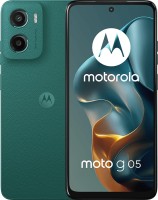High “hertz” to the masses! TOP 5 affordable smartphones with increased screen refresh rate
We independently test the products and technologies that we recommend.
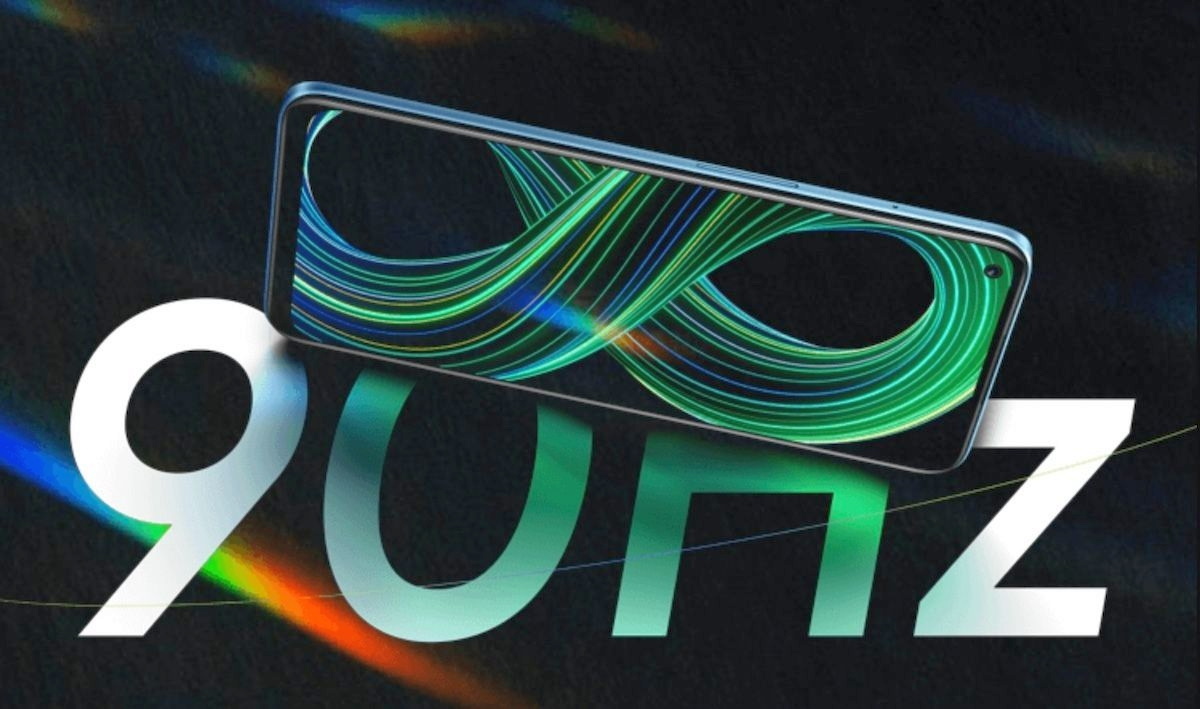
You can compare the technical background of the models from the review in the comparative table of available smartphones with "fast" screens. The entire range of mobile phones is presented in the eponymous section of the catalog. We also recommend reading the material "Smooth flight: what is special about screens with a frequency of 90, 120, 144 and 240 Hz".

The OPPO A53 smartphone destroys the stereotype that "fast" screens are the lot of flagships. The model belongs to the low-cost guard of mobile devices and has an IPS display with a refresh rate of 90 Hz.
The increased scan rate works only in the interface and standard applications. Unfortunately, it is not available in games. However, 90 Hz gives true pleasure even when moving through the menu. On other fronts, the IPS panel of the gadget is characterized by HD+ resolution (1600x720 pixels) with a diagonal size of 6.5". In the upper left corner of the smartphone display, an island hole has been made for an 8 MP selfie camera. It is used to capture selfie frames and unlock the device by face. Also, the device "recognizes" the owner by fingerprint.
OPPO A53 became one of the first smartphones on the Snapdragon 460 mobile chipset. It is the best in the initial segment and is backed by 4/64 GB of memory. In case of a lack of space in the built-in drive, the model was armed with a slot for a microSD card, which is installed in a separate tray from two SIM cards.
The photographic side of the mobile device issue is represented by a triple main camera 13 + 2 + 2 MP. Suitable pictures on it are obtained with a sufficiently good illumination of the frame. Also, the smartphone was equipped with loud stereo speakers, an NFC module and a long-playing 5000 mAh battery. The battery is charged with a block of 18 watts in accelerated mode (up to 100% in 2 hours with a small "tail"). As a result, the model impresses with balanced characteristics and an affordable price.
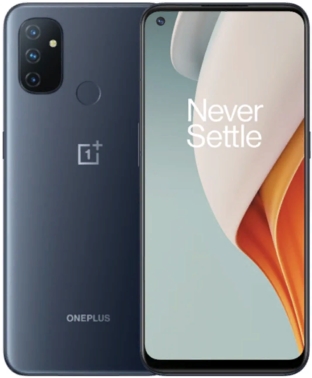
The Nord N100 model is a test of OnePlus' pen in the low-cost arena of mobile devices. And her debut turned out to be very successful.
Against the background of peers from the initial league of smartphones, the device highlights the increased refresh rate of the IPS screen — 90 Hz. The enlarged "hertzovka" allows you to draw the menu interface at a new qualitative level and increases the smoothness of gameplay in mobile games. But it's not always possible to taste its charms, because in the "iron" plan, the smartphone gives a basic level of performance. In the same PUBG Mobile, the frame rate is kept at 30-50 fps when setting the minimum graphics parameters.
The OnePlus Nord N100 hardware platform is headed by the Snapdragon 460 mobile core processor. The smartphone has 4/64 GB of memory. Also, "under the hood" of the model, a non-removable battery with a capacity of 5000 mAh with support for charging at an accelerated pace (18 watts) found shelter. On a single battery charge, the smartphone works quietly for 2-3 days (without serious loads), and you can "fill" the battery by half in just 45 minutes.
The onboard equipment of the model provides for loud stereo speakers, there is a simple triple camera 13 + 2 + 2 MP, there is also a rear fingerprint scanner. But they were greedy to arm a smartphone with an NFC. Although in all other OnePlus "mobile phones" he is. According to this point of the programme, the device loses to its closest competitor in the face of the OPPO A53, which is produced in almost the same "iron" configuration.
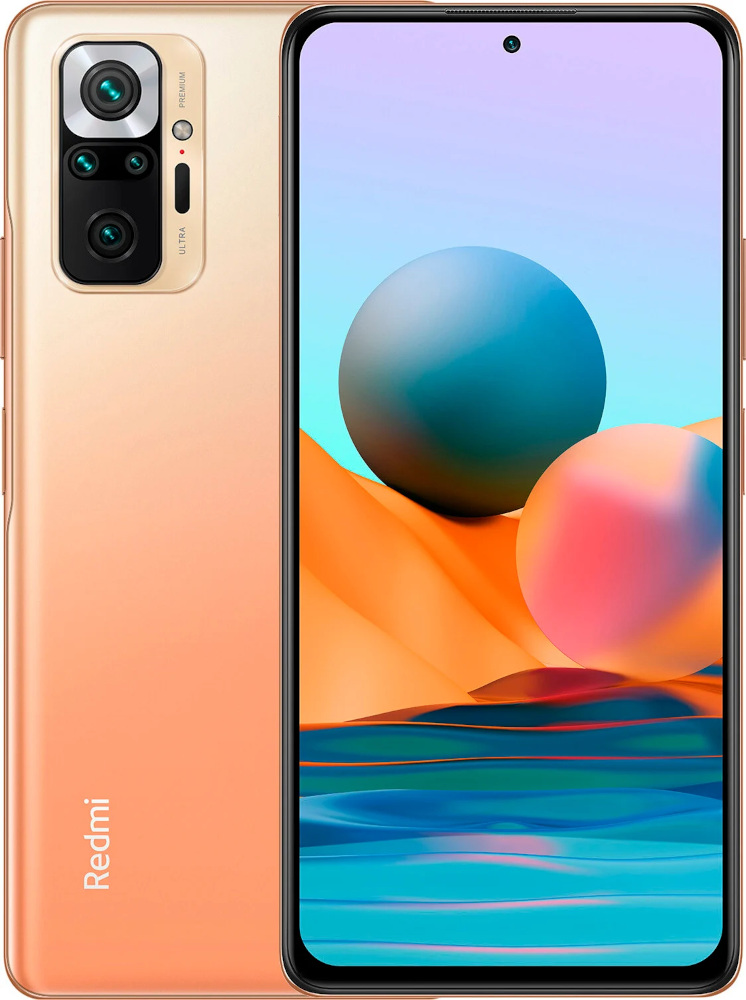
The Xiaomi Redmi Note family has been setting the bar in the medium segment of mobile devices for several years in a row. The anniversary generation of the series is headed by the Redmi Note 10 Pro model — an iconic smartphone with decent equipment.
Devices with 90 Hz screens have only recently begun to appear in the league of mid-low-cost employees. But the model in question struck them on the spot with its 120 Hz — this is the refresh rate stated for the AMOLED panel of the smartphone. The display was stretched diagonally by 6.67", the picture on it is shown in a resolution of 2400 x 1080 pixels, also an island hole is made in the screen for the object of a 16 MP selfie camera.
The performance of Xiaomi Redmi Note 10 Pro did not disappoint either. He confidently handles with all the tasks assigned, whether it's getting together on YouTube or spending time in games. The only thing is that during prolonged intense loads, the device heats up. "At the helm" of the smartphone is a Snapdragon 732G mobile processor, and in terms of memory, the device has 6 GB of RAM and 64 GB of space in the internal storage. A separate slot is provided for the memory card on board the model.
The block of the main quad camera of the mobile device is designed in steps and significantly protrudes above the back surface of the case. The focus of the rear photo module is a 108 MP image sensor, assisted by an 8 MP ultra-wide, 2 MP macro sensor and a 2 MP module for background blurring. The smartphone was also equipped with a side fingerprint scanner, stereo speakers, an NFC, an IR port and a long-lived 5020 mAh rechargeable battery with support for 33-watt charging. The basic dust and water protection of the IP53 case strengthens the positive qualities of the model.

The mid-low-cost series of Samsung Galaxy A smartphones is very popular with the public. At the beginning of 2021, it was replenished with an interesting model with the A32 index. What is it notable for? Let's figure it out.
The most significant trump card in the sleeve of a smartphone is a juicy Super AMOLED display with a diagonal size of 6.4" and a FullHD+ image resolution (2400 x 1080 pixels). Yes, not some ordinary one, but with a refresh rate of 90 Hz and a built-in under-screen fingerprint scanner. In the upper part of the screen there is a "low-cut" cutout in the form of a droplet under the object of a 20 MP front camera.
The basis of the "under—the-hood" equipment of the Samsung Galaxy A32 is an eight-core MediaTek Helio G80 processor, coupled with 4/128 GB of memory. Not enough space in the built-in drive? We kindly ask you to complete the gadget with a microSD card, since a separate slot was made for it in a triple tray for a memory card and two SIM cards. The smartphone easily handles with any everyday tasks and confidently turns many modern games without lags and friezes.
From the back, the model is equipped with a quad camera format 64 + 8 + 5 + 5 MP. The leading image sensor from its composition is supported by a super-wide, a macromodule and an auxiliary sensor for blurring the background. In addition, the smartphone got hold of an NFC and a powerful 5000 mAh battery with 15-watt charging. It is important not to confuse the classic A32 with the related 5G version: it has more memory (6 GB of RAM), and a more powerful processor (MediaTek Dimension 720 5G), and the cameras are different.
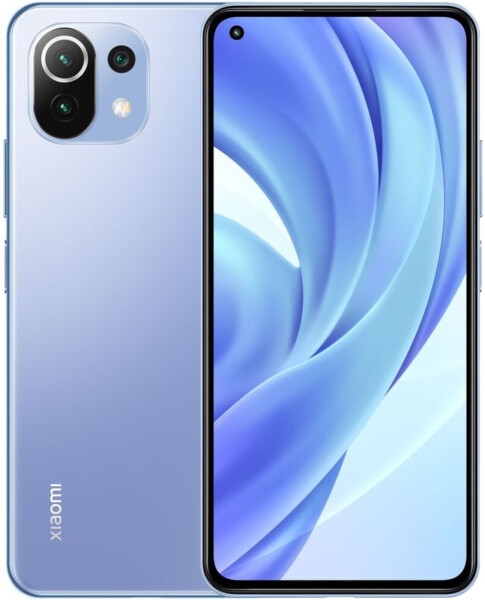
| Realphone.com.ua | 9 800 ₴ | To Store |
With the increase in battery capacity, smartphones have become thicker. A bright spot on their background stands out the "skinny" Xiaomi Mi 11 Lite, the thickness of which is only 6.8 mm, and the weight is about 157 g.
The thin case of the smartphone was packed with performant hardware as part of the Snapdrgon 732G octa-core and 6/128 GB of memory, as well as a 4250 mAh battery. At medium loads, the device needs to be charged once a day-one and a half. Moreover, the replenishment of energy reserves in the battery tanks is carried out in an accelerated rhythm (33 watts).
From the face, Xiaomi Mi 11 Lite is equipped with an AMOLED screen with a refresh rate of 90 Hz and support for HDR10. The display broadcasts an image in the usual FullHD+ resolution (2400 x 1080 pixels) and is notable for the presence of a "hole" in the upper left corner for the needs of the 16 MP front-facing camera. The main camera of the device uses a trio of image sensors in the case: a 64 MP presenter (by default takes pictures at a resolution of 16 MP), an 8 MP ultrashire for shooting at a wide angle and a 5 MP macro module.
Among the disadvantages of the model, they note a tendency to overheating during prolonged intense loads. For the rest, Xiaomi Mi 11 Lite receives entirely laudatory odes. Users like the NFC, IR port, stereo speakers, side fingerprint scanner in it. The model has all the data for comfortable everyday use in any scenarios.
Articles, reviews, useful tips
All materials













